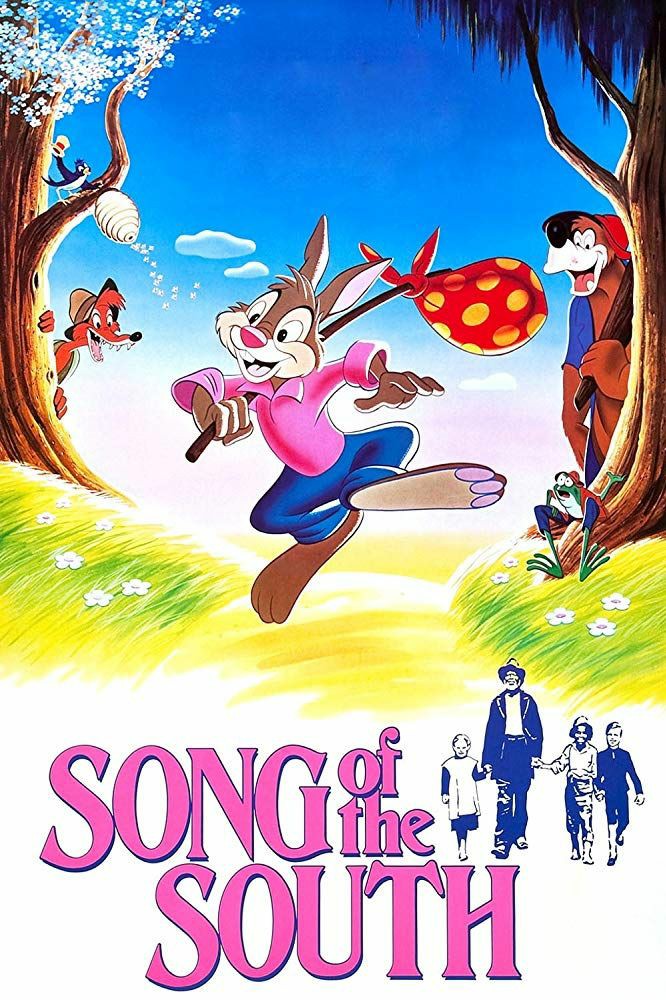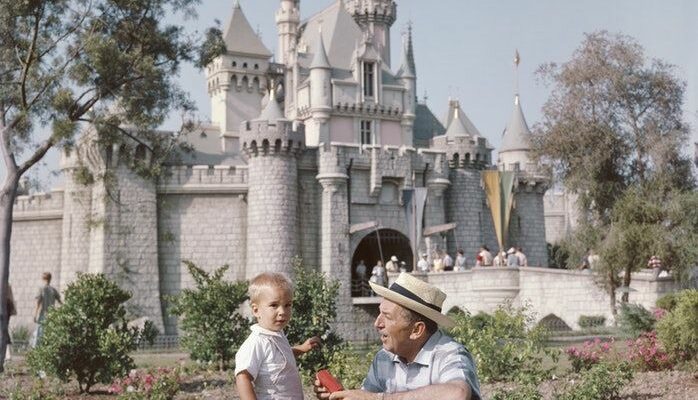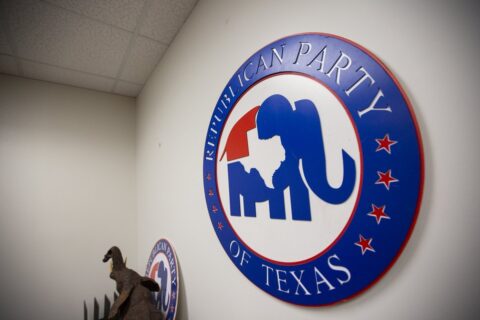For decades, when one thought of wholesome, family entertainment, the first name that came to mind was Disney. Walt Disney created movies where good and evil were clearly defined, where innocence was protected, and where knights in shining armor slew wicked dragons. Snow White, Sleeping Beauty, and Cinderella were incredible films that appeal to all ages, and present a wholesome, pure picture of reality. Likewise, lesser known stories such as Zorro, Swiss Family Robinson, and Davy Crockett illustrate the best of traditional values. Walt had an affinity for the wholesome heritage in which he grew up, and the ideal of America as a wonderful place where a family could be together, have good clean fun, and not need to lock their doors at night. His Disneyland highlights this in the main street, which leads to the main castle. It is meant to be a classic picture of the world, as it was in the late 19th and early 20th century.
Walt was a man who was committed to the heritage and values which made America. He was, by all accounts, a paleoconservative. He testified before the House Un-American Activities Committee regarding communist infiltration and subversion into his studio. At one point, he received the Presidential Medal of Freedom from President Lyndon B. Johnson. At the ceremony, Walt wore a pin in support of Barry Goldwater. Leftist biographer Neal Gabler described him as a “fervent anti-communist.” More could be said in this regard (see here), but it is clear that Walt Disney was a strong traditionalist, and viewed his heritage positively, and not something to be destroyed.
This heritage was broadly American, for Walt. He viewed Abraham Lincoln positively, given that he grew up in Illinois and Missouri. Nevertheless, he still had a great appreciation for the American South. He loved the city of New Orleans, and seriously considered it for his future project which would end up in Florida. He had a “New Orleans square” built in Disneyland shortly before his death, in which the local cuisine was served, including “shrimp remoulade, gumbo, croissants, and a flaming dessert” (for more on this, read here). Walt eventually chose to build Walt Disney World in Orlando, Florida, then a very Southern town.

He also produced and developed the film Song of the South, which had a positive depiction of the American South after the War of Northern Aggression. In the film, a kindly black figure, Uncle Remus, helps a troubled white boy with stories of Brer Rabbit, Brer Fox, and Brer Bear, presented in animation. As controversial as the film is today, Walt had as much trouble getting it made at the time due to controversy from the black community over how the black figures would be characterized. Nevertheless, he pressed on. It is a wonderful film.
Walt Disney has had a huge impact upon the cultural landscape of America. Sadly, his company quickly fell into wicked hands after his death and the death of his older brother Roy. The company has now become a haunt for every evil thing, celebrating homosexuality, feminism, and the decline of American culture. They have gotten to the point where they are now celebrating the villains of earlier films (see Maleficent), and telling stories in which the family is completely subverted.
Not only has the Disney corporation gone to pursue outright support of wickedness, but it has also lost any semblance of creativity. No longer are creative stories told with enthusiastic vigor and excitement. Rather, the company seems to scour the world to find new companies to purchase. The most recent CEO of the company, Bob Iger, was celebrated for buying companies that produced original stories, Marvel and Lucasfilm, rather than for inspiring creativity in the Disney company itself. And, what Disney has done with those companies, particularly with Lucasfilm, has been dreadful, starting with The Force Awakens, a near remake of the first Star Wars film, only with a female protagonist and black sidekick.
Despite the decline of the Walt Disney Corporation, this story should still encourage us. It is high time for our people to tell our stories with creativity, with passion, and with eloquence. We should be inspired by the example of Walter Elias Disney, despite what his company has become. It is time for our people to stir up the same energy that Walt Disney originally displayed, and celebrate the history and legends of our people. There are so many stories that could be told and songs that could be sung, and in new and innovative ways. Walt’s accomplishment was not easy, but his legacy is lasting, even if his company is not.
This should be an encouragement for us as we seek to build a future and a culture for our people in the midst of these dark times.
-By Dixie Anon

O I’m a good old rebel, now that’s just what I am. For this “fair land of freedom” I do not care at all. I’m glad I fit against it, I only wish we’d won, And I don’t want no pardon for anything I done.






A pity how even thirty years ago Disney was still, to an extent, wholesome with Beauty and the Beast (despite articles claiming it is about the suffering of Sodomites from AIDS I never got that impression). Sad how far the mighty have fallen, especially since it seems they still play a huge role in childhood’s, something I don’t think the world has ever seen before.
We should look to places like Dollywood for further inspiration, as well. From the mountains of Appalachia to the plains of Texas, a rich storytelling legacy has emerged. The Bible, our people’s history, Southern culture, and the land itself are sources that, I suspect, cannot be exhausted. We need only to tap into them. May the Lord Jesus Christ bless us with His muses, and send us bards worthy of such expressions.